Classic Cars, Movies, Music, and Other Stuff ...
Let’s check out three popular vehicles that began with a military background. I don’t like wars. But, surprisingly, wars have often triggered new technologies and ideas that have gone on to be successes in the civil environment. Our journey takes us from the US, through the UK, and Germany.
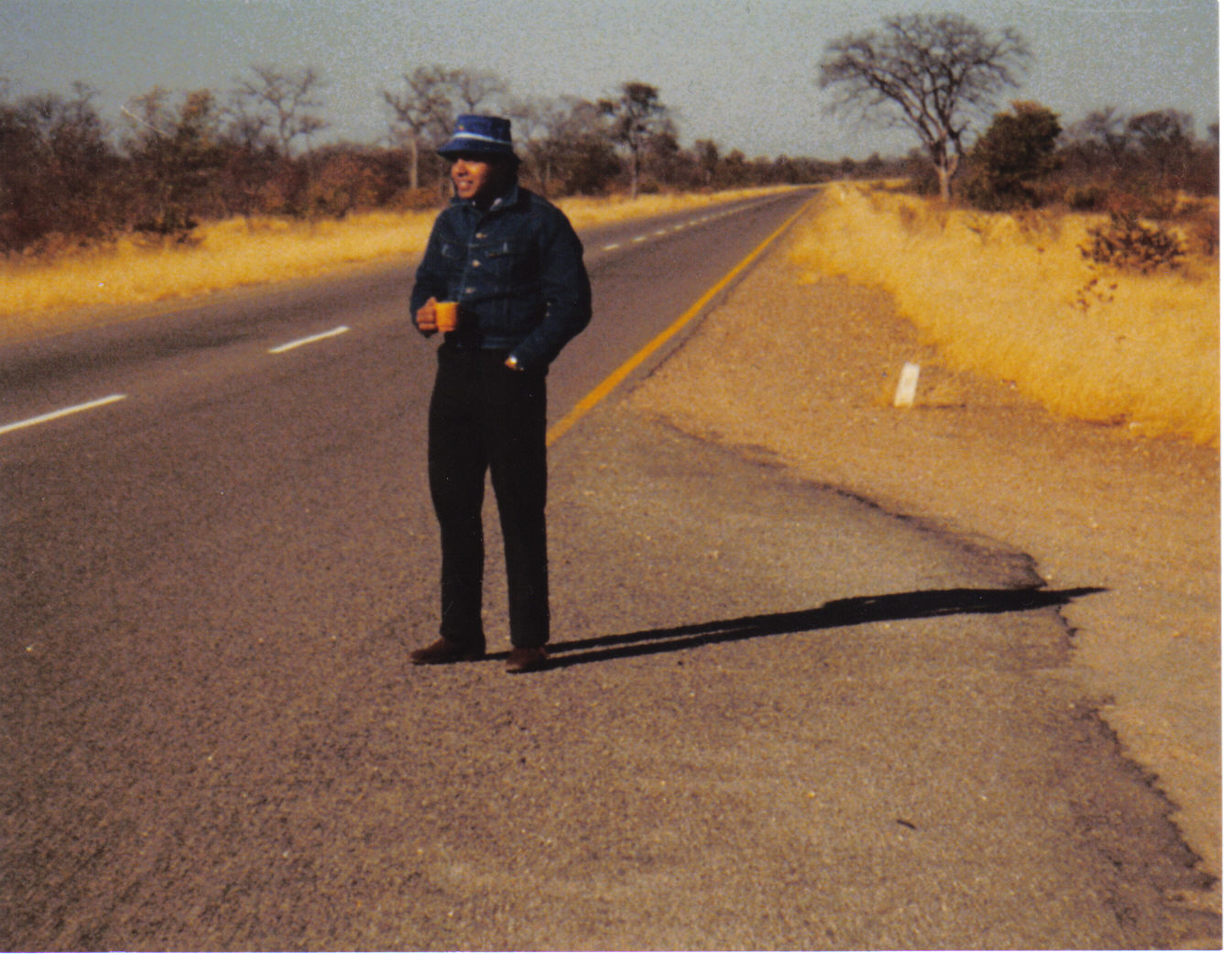
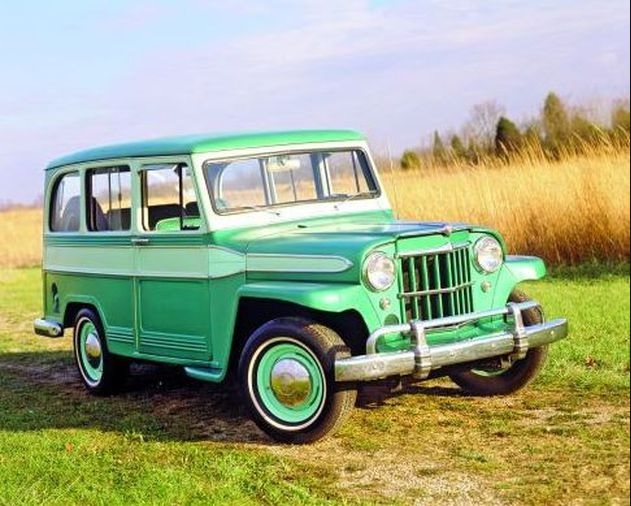
It was a late 50s, early 60s Jeep Station Wagon I saw once as a 7-year-old that I consider the first “SUV.” A family of American tourists had stopped over somewhere, and were surrounded by the locals. I was among those town folks, and managed to peer through the crowd and spot a well-dressed American family. They had cameras and clicked away while standing beside their Jeep, which resembled the one above. It was a type of vehicle I had never seen before. So, let’s check out the most famous vehicle that originated in the military.
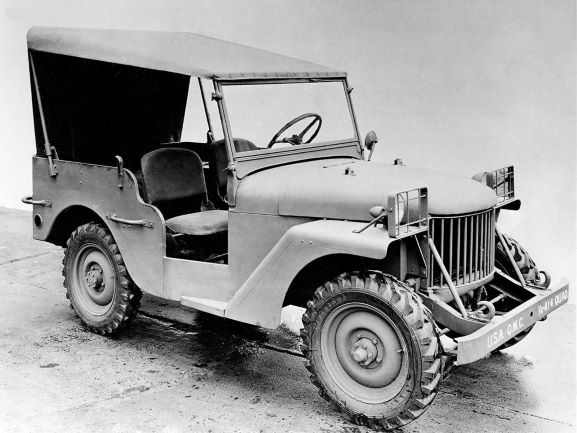
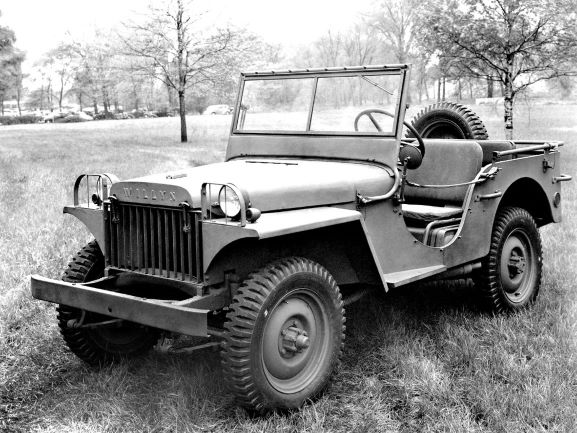
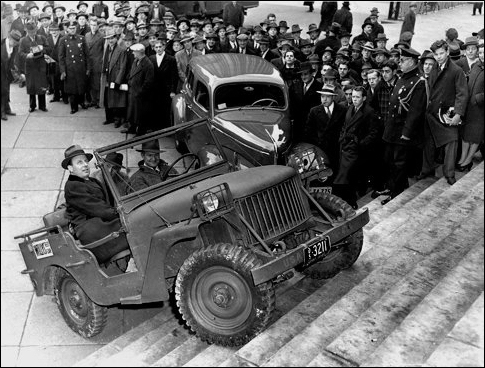
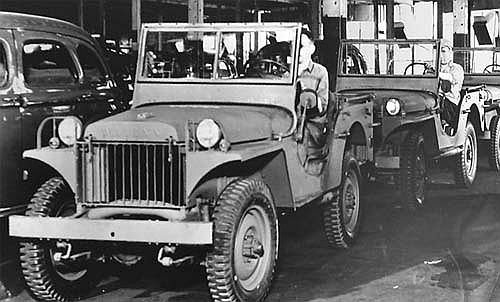
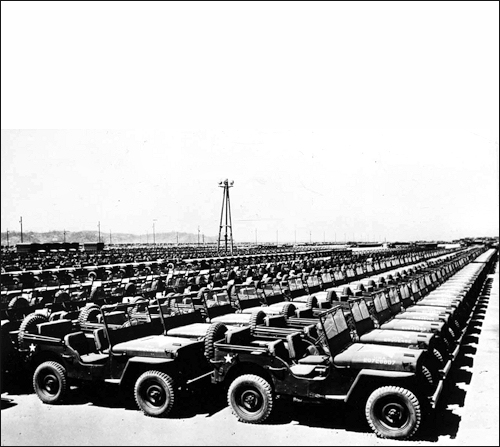
In the early 40s the US realized they will be going to war. The US Army needed a “quick moving,” relatively light, four-wheel drive reconnaissance car. This vehicle needs to be easy to build, perform in all kinds of terrain, and carry a requisite amount and variety of payload, over long distances. Over a hundred companies were requested to submit designs. Only Bantam Car and Willys-Overland responded with the possible models.
After testing both submissions, it was felt that while their design was good, Bantam would be unable to supply the sheer volume of vehicles required. Hence, the Army awarded the task to Willys, with a request for some design improvements and an increase in engine power.
“The original Jeep Station Wagon was a type vehicle I had never seen before. I think this was the first SUV and it fascinated me.”
And thus, the Jeep was born. Since the war effort was in full swing, and the number of Jeeps needed very high, Willys-Overland was assisted by the Ford Motor Company to produce this vehicle. The Willys Jeep is used extensively in WW II. Many of these are supplied to the UK and the USSR. It is used by the US Army right through the early 80s. After WW II, the Jeep design inspired many other companies to come out with similar vehicles. It was also made under license in many other countries. Surplus Jeeps were converted into “Jeepneys” in the Philippines. The simplicity and functionality of the Jeep qualifies it as a great example of American ingenuity.
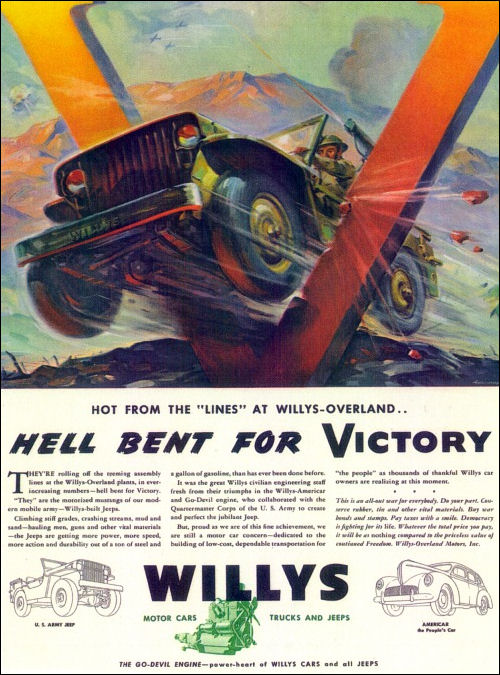
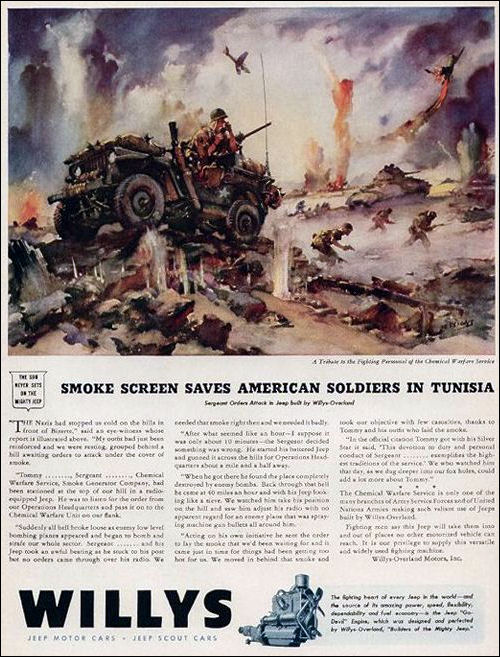
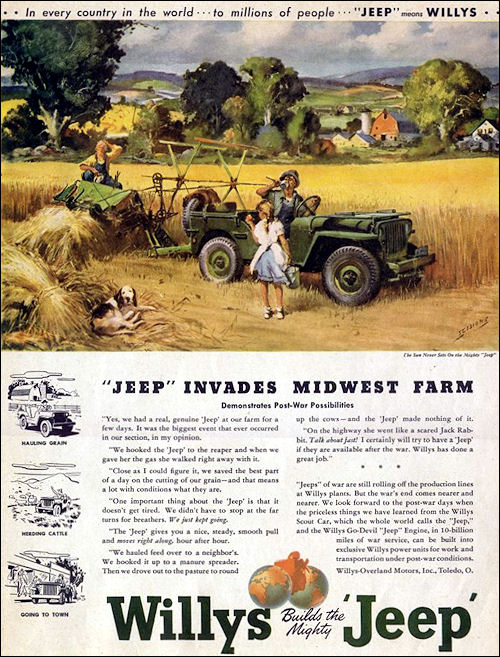
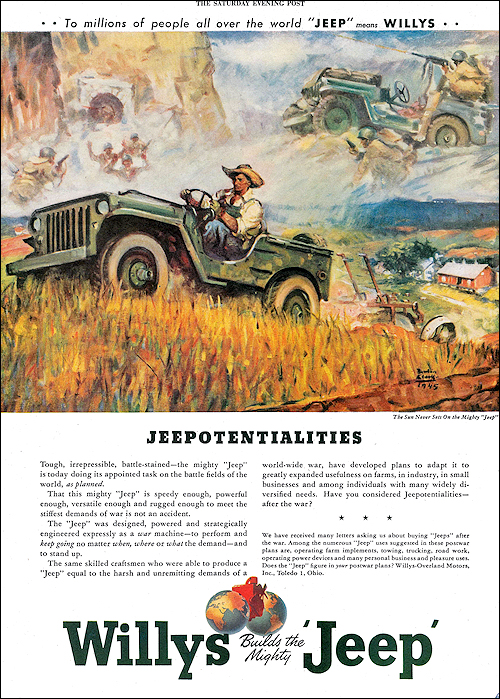
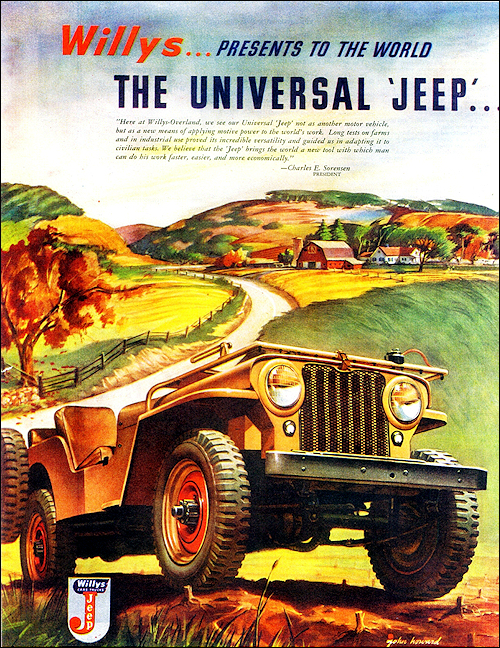
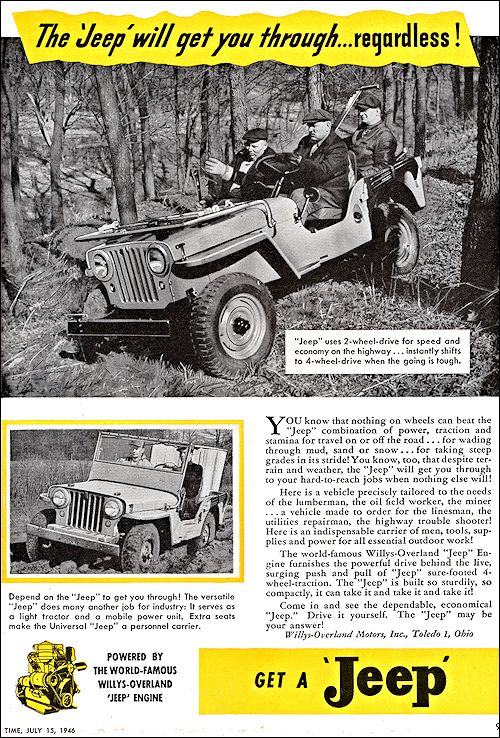
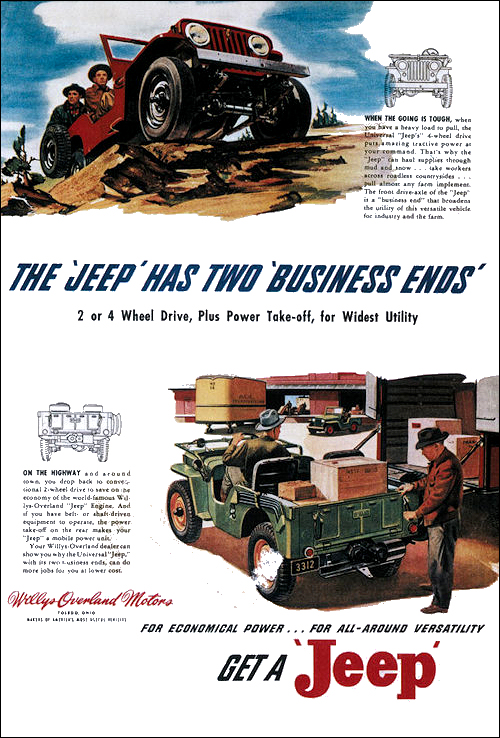
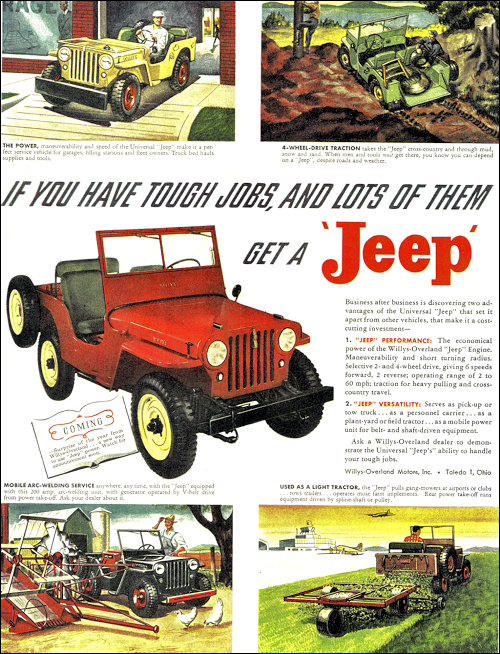
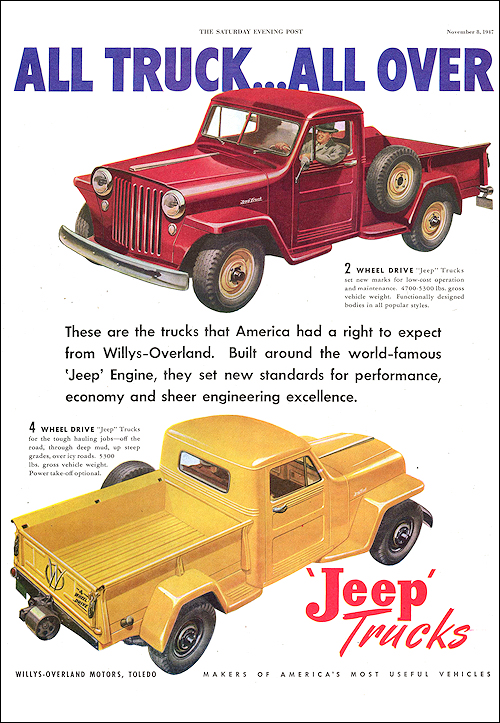
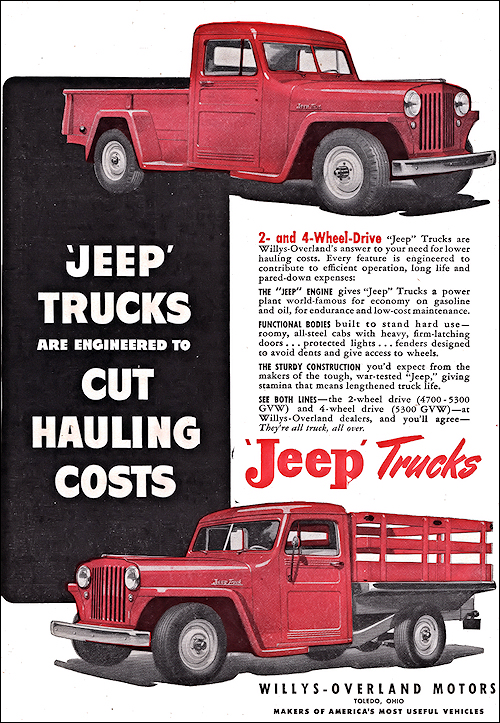
The Jeep brand continues to this day and is synonymous with a wide range of quality off-road capable vehicles. Ownership of the Jeep brand has transferred over the decades from the original Willys-Overland, through Kaiser Jeep, AMC, and the current Fiat Chrysler Auto.
World Car Evolution / YouTube.com

In 1947, taking Inspiration from Willys Jeep, the British Rover Motor Company developed the Land Rover as an indigenous British 4-Wheel Drive vehicle.
This was done by taking the Willys Jeep and modifying the engine and body. The four-cylinder, 1.6 Liter engine from the Rover P3 is utilized for this purpose. It is designed primarily to work off-road on the farm. To this end, the driver’s seat is centrally placed similar to a tractor’s. Most of the other components on the first prototype are taken from the Jeep.

In 1948, a completely newly revamped Land Rover is created which resembles the classic Land Rover we know over the next three decades. It is bigger and the design is a departure from the Jeep’s. The steering wheel is placed conventionally as per the country being marketed to. It premieres at the Amsterdam Motor Show on 30th April 1948.
The Land Rover is also released as passenger station wagon later in 1948. Like the Jeep, the Land Rover was used extensively by the British and other armies around the world. Despite its “war origins,” the Land Rover is designed for multiple civilian roles including transporting cargo, personnel, ambulance, fire department, police vehicle, etc.
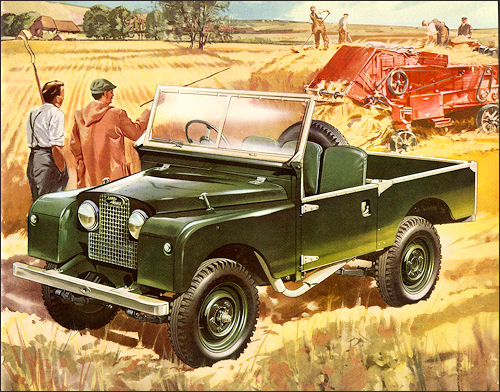
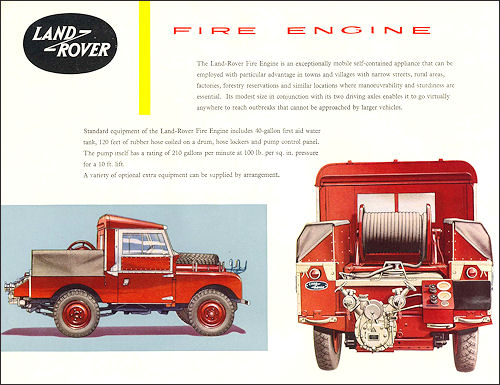
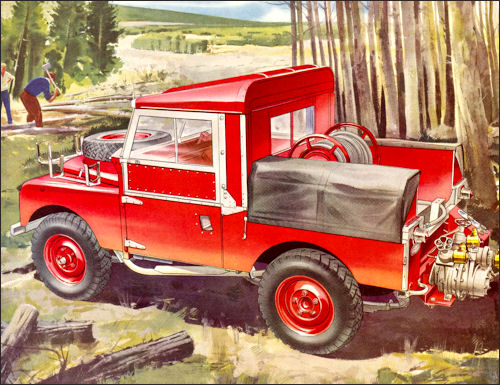
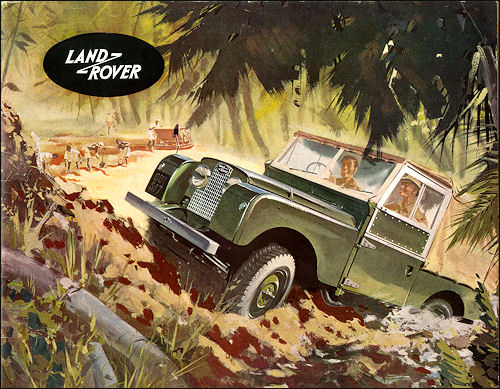
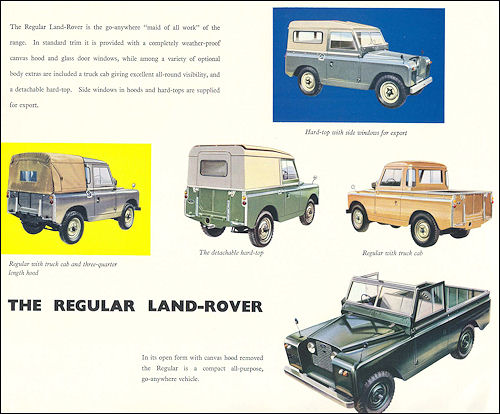
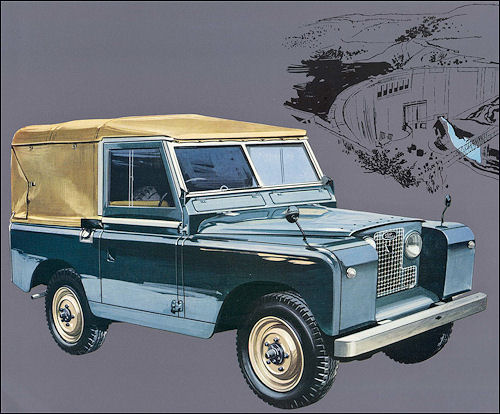
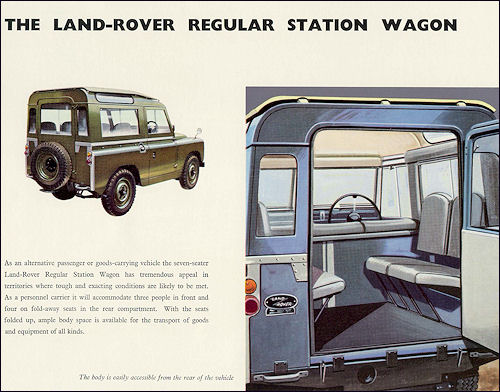
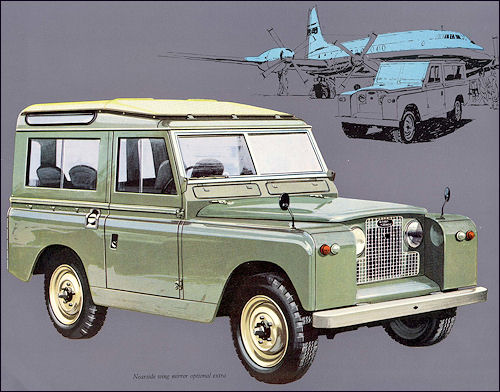
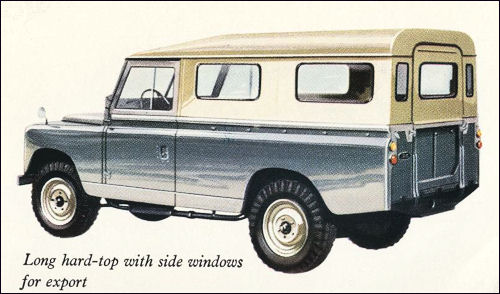
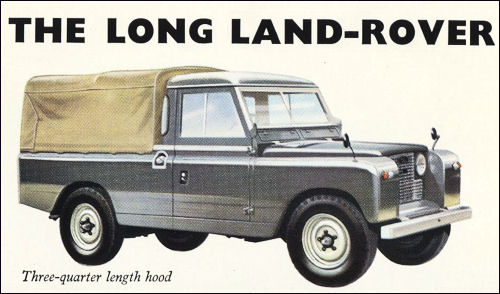
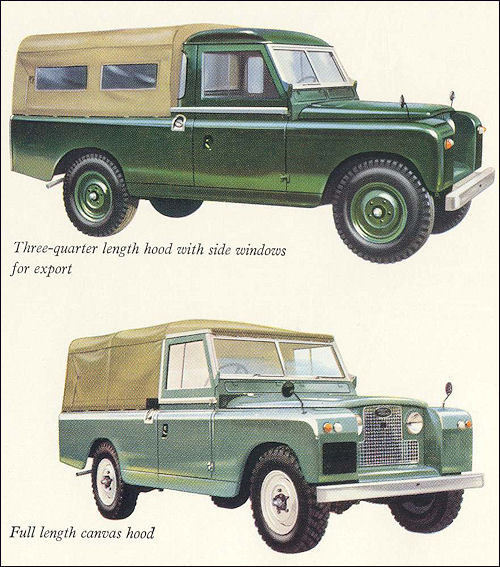
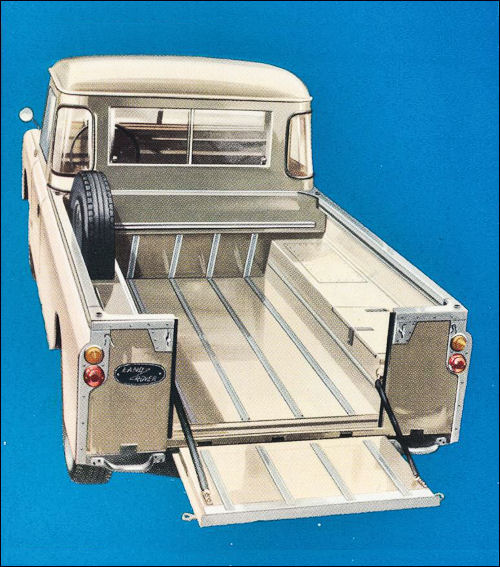
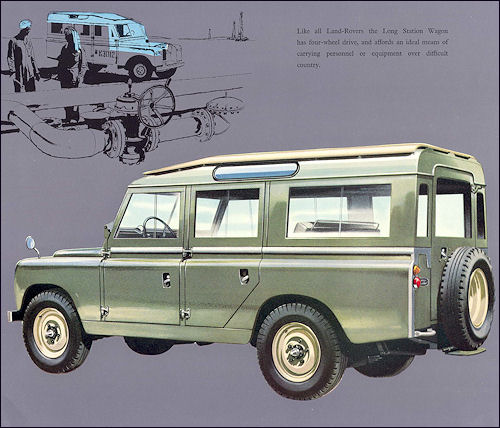
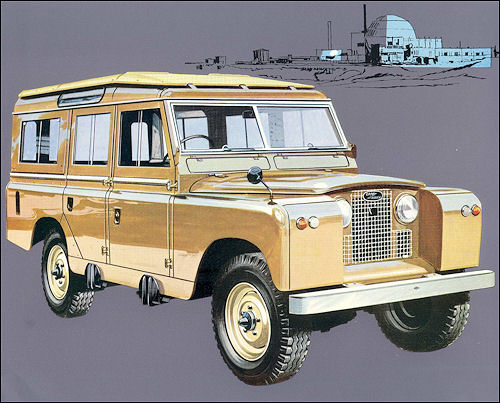
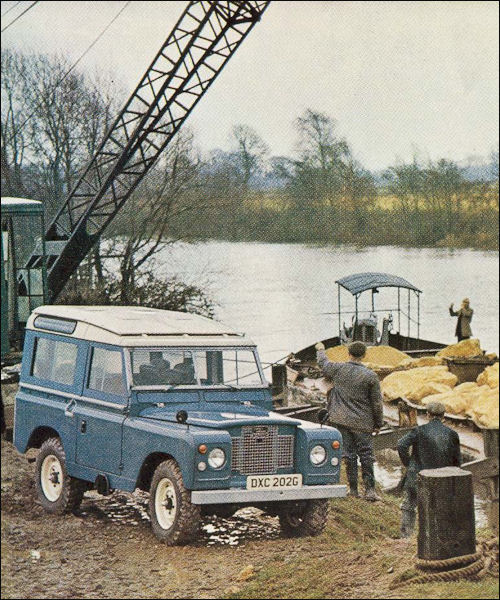
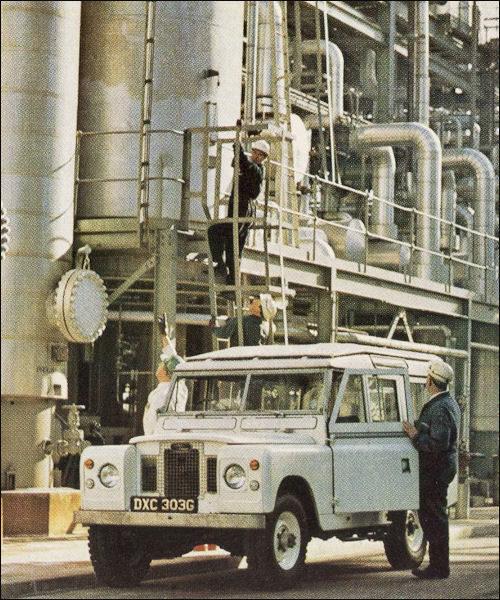
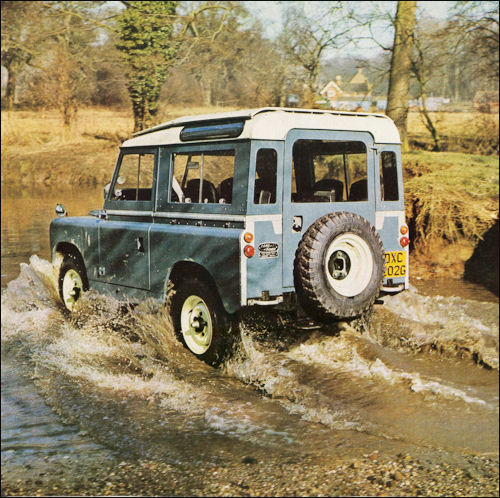
Like the Jeep, the Land Rover is a success around the world and assembled in many countries – especially British colonies, and the Commonwealth.
During the 70s, other “refined” variants of the Land Rover were made including the famous Range Rover, followed later by the Discovery, Freelander, and Evoque. Land Rover has also passed between different manufacturers. These includes Rover, Leyland, and the current Tata Motors.
ON TOP / YouTube.com
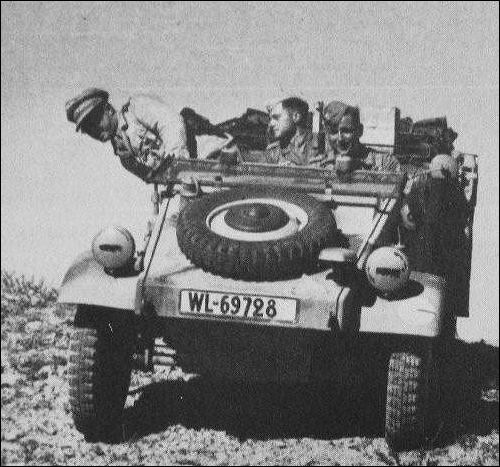
What was Germany up to during WW II? They knew their army needs a swift moving off-road vehicle. To this end, Porsche/Volkswagen is commissioned to come up with a design as soon as possible.
The result is the VW Kubelwagen Type 62. This is developed in 1938 – well before the Jeep. But unlike the Jeep, this is not a 4-Wheel-Drive vehicle. It is powered by a flat engine with horizontally opposed cylinders (similar to Subaru’s “boxer” engine). However, due to its smooth floor, it has the capacity to literally glide over snow, and other rough terrain. This made up for the Type 62’s lack of 4 x 4 capability. It had a good ground clearance capability, and high tolerance for extreme temperatures due to its air-cooled engine. This air-cooled system also made it less susceptible to radiator damage. Due to this light maneuverability, speed and reliability, the Germans use the Type 62 extensively during WW II.
After early conflicts, the German army requests some modifications of the Type 62. This includes a lower minimum speed to move in tandem with the infantry, and further off-road capabilities achieved by modifying the transmission.
The updated Type 82 is very successful for the Germans and a large number of variants are made during the war. After the war, the Americans and British both tested it and found it lacking as compared to the Jeep. But it was definitely more comfortable than the Jeep. Once the war was over, this vehicle was relegated to history – to reappear again in 1968 under a different civilian incarnation.
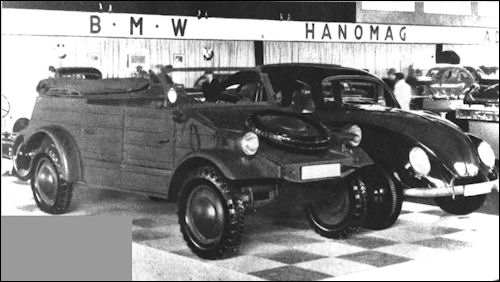
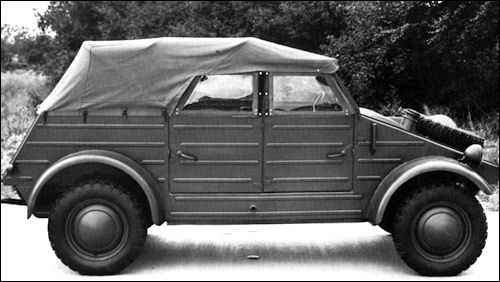
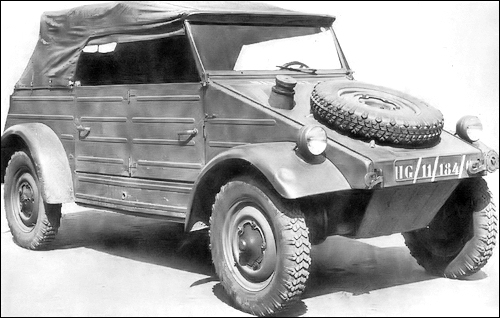
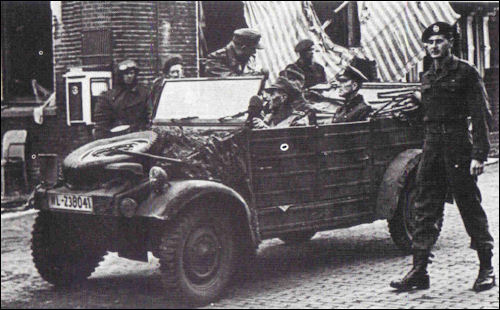
This is a civilian version of the Type 62/82 following a similar design and a rear-engine with four doors. As the Beetle chassis was too small, it uses the Karmann-Ghia’s instead. It was designed to serve NATO while the “Europa Jeep” was being developed. Unfortunately, that plan fell through and the 181 continued being used by some armies.
A civilian version of the 181 evolved and was popular in Germany and Europe. It was also exported to the United States where it was called the “Thing.”
But, as it failed the US’s stringent safety tests, its importation to that country stopped in 1975. It was only available as a convertible and attained cult popularity to some extent. The 181 was manufactured until 1983 and is yet another example of the evolution of a military vehicle to a civilian favorite.
American Classic Cars / YouTube.com
These are some interesting vehicles that were originally “Army Brats,” but went on to successful lives as “civilians” too. Why did I not mention the “Hummer?” It’s not “classic enough” – yet. I’ll be back with another interesting batch of cars worth remembering.
Until then, don’t forget to adjust your speed according to weather during the winter. And when you remove snow from your windows, please be considerate and brush it off your roof too to prevent it turning to ice and endangering cars behind you.
Pontiac GTO – One of the Original Muscle Cars
Rear-Engined Marvels – Check Out Three of Them
Pontiac GTO – One of the Original Muscle Cars
Thaps On The Cars of Our Lives